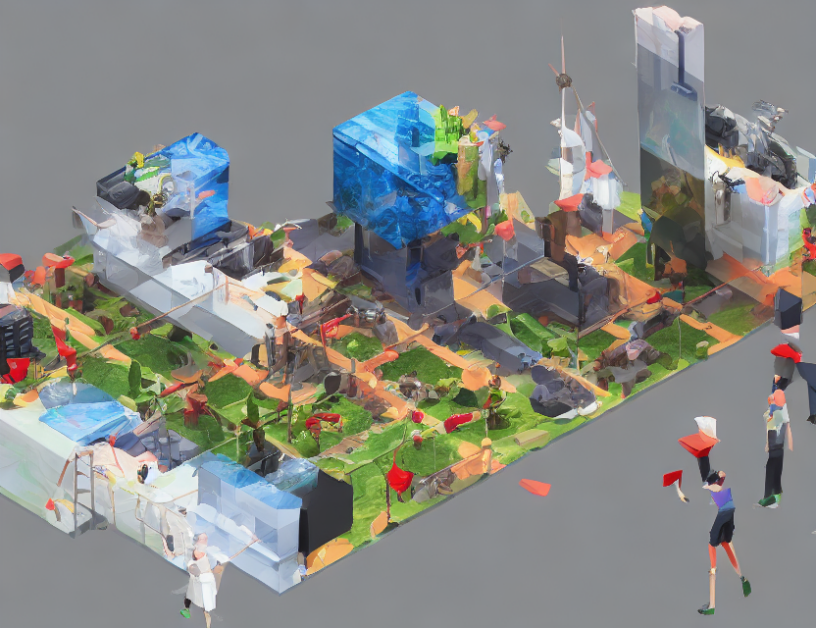Imagine you have a magic wand that can bring any scene to life based on a quick description. That’s what this article is about – introducing DreamDrone, a new method for generating infinite scenes from textual prompts. DreamDrone leverages off-the-shelf models and adds some innovative techniques to create consistent and novel views during the denoising phase.
Key Components
DreamDrone’s core is a feature-correspondence-guidance diffusion process, designed to create geometry-consistent novel views. Think of it as a special kind of noise that helps create new and exciting scenes while maintaining consistency with the original prompt. DreamDrone also includes an editing module that allows you to manipulate the intermediate latent code, enabling the creation of subsequent novel views. This is like having a magic eraser that lets you make adjustments to your scene without affecting its overall consistency.
Cross-View Self-Attention
To ensure consistent correspondence across adjacent views, DreamDrone employs a cross-view self-attention module. Imagine you’re taking pictures of a landscape from different angles. The self-attention mechanism ensures that the pictures are aligned and match each other in terms of perspective, making the final scene look more realistic.
Innovative Approaches
DreamDrone’s innovation lies in its ability to generate novel views while maintaining consistency with the original prompt. This is achieved through a combination of feature-correspondence guidance and cross-view self-attention. It’s like having a creative filter that lets you add new elements to your scene without sacrificing its overall coherence.
Conclusion
In summary, DreamDrone is a groundbreaking method for generating infinite scenes from textual prompts. By leveraging off-the-shelf models and introducing innovative techniques, DreamDrone creates consistent and novel views that can be edited and manipulated to create unique and realistic scenes. With DreamDrone, the possibilities for creativity are endless!



